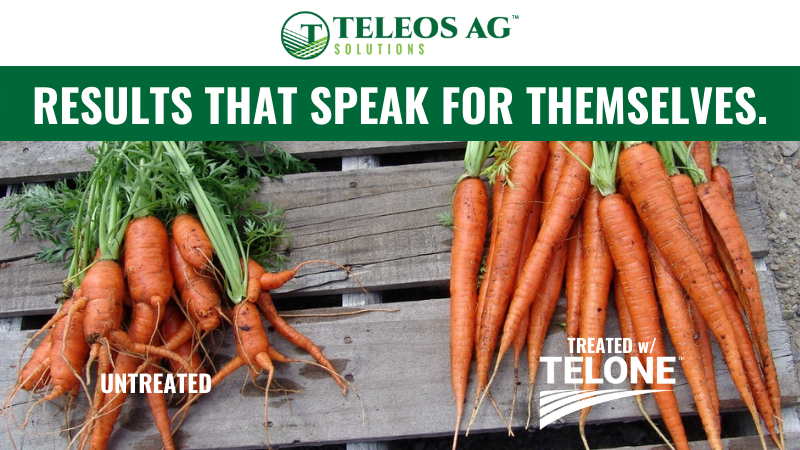Researchers Assess Economics Of Tree Fruit
As growers, your ultimate goal is to please the end consumer. But figuring out just how to do it can be tricky, to say the least.
Luckily, a host of researchers, including Washington State University assistant professor Karina Gallardo, are doing the legwork for you.
Gallardo is part of a team project led by Eugene Kupferman and funded by the Fresh Pear Committee of the Pear Bureau, aiming to determine how conditioning Anjou pears with ethylene can affect consumers’ perception of sweetness, firmness, and juiciness, and how much they’re willing to pay for those enhanced characteristics.
Anjou pears typically need to be kept in cold storage from two to eight weeks after harvest to start the ripening process, leading to the characteristics consumers most desire, Gallardo says. “Sweetness and juiciness are the two attributes most valued by consumers, according to the results we got from our taste tests, and firmness is the third one,� she says.
The cold storage period, however, delays the entry of fruit into the market, hindering sales.
“The purpose of this study was to evaluate consumers’ response to fresh pears’ sensory characteristics after being conditioned with ethylene,� says Gallardo. By applying ethylene, a natural ripening agent, it is not necessary to store pears, which means they can be picked, conditioned, and introduced to the market sooner.
The researchers conducted three sensory taste tests using Anjou pears. One of the objectives of the study was to measure consumers’ willingness to pay for pears with varying conditioning times. The three tests were conducted in October 2008, December 2008, and March 2009.
“In general, our results show that panelists were willing to pay higher premiums, around 70¢ per pound, for conditioned pears when they were kept in cold storage for only 10 days,� Gallardo says. “As the cold storage period increased, the premiums for the conditioned fruit seemed to decrease.� The amount consumers were willing to pay dropped to 37¢ for the pears in the experiment conducted in December, and to 14¢ for those in the March experiment.
“Our hypothesis is that people are more able to detect differences in pears that did not require cold storage, and the conditioning treatment will likely be successful for pears that are entering the market early, like in late September or October,� Gallardo says.
Pear Tariffs
Another one of Gallardo’s projects focuses on the recently imposed Mexican tariffs on pears. In March of this year, Mexico announced retaliation measures against the U.S. because of the decision to cancel the cross border trucking demonstration program. Mexico imposed tariffs on 89 products the U.S. ships there, including pears. According to numbers obtained from the Foreign Agricultural Service USDA, about 54% of U.S. exported pears go to Mexico.
While the research is still in the early stages, preliminary results indicate U.S. exports to Mexico will decline as a result of the 20% tariff. However, exports to Canada are likely to increase. Gallardo notes that most growers have not been affected yet, but some anticipate seeing effects this coming season.
“This is going to hurt the U.S. pear industry, but mostly I can see it’s going to hurt the Mexican market, given their strong dependency on imported pears to meet their domestic demand,� Gallardo says.
Budgets And Labor
Gallardo and researchers Mykel Taylor and Herbert Hinman are currently working on updating a production cost budget for Gala apples in the state of Washington. Gallardo says all the data has been collected, and they’re now in the process of organizing the numbers. The hope is to have some solid results by the end of the summer.
The Gala apple budget project will be augmented by additional data collected from a survey about adoption of labor enhancing technologies, Gallardo says. The goal is to understand what factors affect growers’ decisions to adopt or not to adopt labor-enhancing technologies.
“These labor-enhancing technologies are proven to be profitable, but for some reason growers are delaying the adoption of them, or adopt them and don’t use them, or just decide not to adopt them at all,� she says. She is quick to note that profitability is not necessarily the only motivation for adopting a new technology, though. “We are trying to see what economic factors, like risk aversion, neighborhood effect, and endogenous learning, are affecting this tendency for adoption.�
“There are many brilliant scientists working on how to enhance the efficiency of labor — not necessarily labor replacement, but labor enhancement, improving ergonomics for the workers, and also preserving the quality of the fruit,� Gallardo says. “Hopefully this study will give some answers to the researchers who are working on developing these technologies.�










